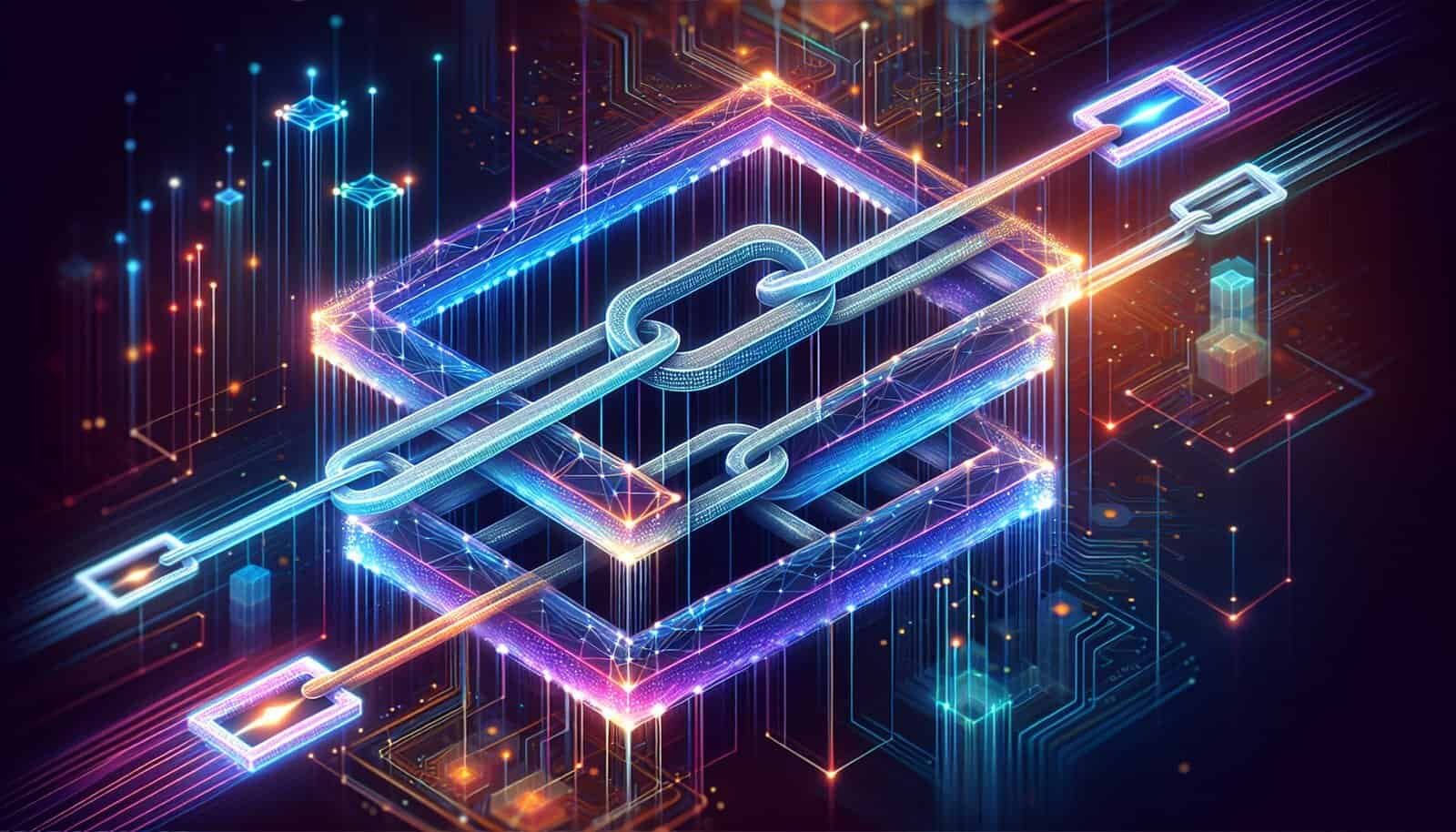Have you ever wondered how blockchain systems manage to handle a growing number of transactions without slowing down? You might have heard of Layer 2 solutions, which are designed to address exactly this challenge in the blockchain universe. By improving scalability and enhancing transaction speed, Layer 2 solutions become indispensable tools to realize the full potential of decentralized networks. Throughout this exploration, let’s uncover what these solutions are, the technologies behind them, and why they matter to you.

Understanding Blockchain and Its Limitations
Before we dive deeper into Layer 2 solutions, it’s important to first appreciate their foundation: the blockchain. When you think about blockchain, imagine a vast, decentralized ledger where transactions are not authorized by a central entity, but rather validated by diverse participants. This decentralization promises security, transparency, and immutability, but it also poses some limitations—namely scalability issues.
Scalability: The Core Issue
Scalability refers to the capacity of a network to handle a growing amount of work, or its potential to accommodate growth. For blockchain, this means processing more transactions per second (TPS). While traditional systems like Visa can handle thousands of TPS, Ethereum, a leading blockchain network, supports around 15 TPS. This is one of the inherent limitations of blockchain, which is linked to its decentralization and the time and energy-consuming consensus mechanisms like Proof of Work (PoW).
Why Scalability Matters to You
You might not think the number of transactions per second seems relevant, but think again. If you’re using blockchain for anything from cryptocurrency exchanges to gaming or supply chain management, slow processing speeds can mean higher costs and longer waiting times for your transactions. In high-demand times, this can contribute to congestion and increased transaction fees. It’s like needing to send a critical email over dial-up when you’ve been used to broadband.
What Are Layer 2 Solutions?
Layer 2 solutions refer to technologies or protocols built on top of the existing blockchain (also known as Layer 1). Consider Layer 1 as the highway; it’s foundational but has limited capacity. Layer 2 then acts like a service road or a dedicated bus lane, allowing a smoother flow for certain users without clogging up the main thoroughfare.
How Do They Work?
Layer 2 solutions aim to process transactions off the main blockchain network and then report the final result back. This approach alleviates the pressure on Layer 1, allowing it to focus on security and decentralization, while Layer 2 handles the bulk of transaction processing. It’s akin to doing your laundry at home before heading to the laundromat just for the dryers.
Types of Layer 2 Solutions
To make things more concrete, let’s examine some prominent types of Layer 2 solutions. Each one has its unique characteristics and mechanisms for unburdening Layer 1 networks.
State Channels
State Channels are one of the earliest and simplest forms of Layer 2 solutions. Think of them as private conversation rooms where two parties can conduct transactions off the blockchain. Once they finish, they publish the final outcome to the network, like submitting a summary report rather than letting a play-by-play run on the scoreboard.
- Example: The Lightning Network used by Bitcoin is a well-known implementation of this technology.
Sidechains
Sidechains operate parallel to the main blockchain but are independent and have their own consensus mechanisms. You could think of a sidechain as a sibling to the main chain, sharing digital DNA but each responsible for its playground.
- Example: xDai is a popular sidechain to Ethereum, which focuses on low-fee transactions.
Plasma
Plasma can be likened to creating child chains, derived from the main blockchain. These child chains can process transactions and even create their own sub-chains. Imagine the main blockchain as a major corporation and Plasma chains as its subsidiaries, working independently but accountable to the parent company.
- Example: OmiseGO uses Plasma architecture to enable real-time, peer-to-peer value exchanges and payment services.
Rollups
Rollups aggregate transactions off-chain and then bundle them into a single transaction on the main chain. They are further divided into two categories:
- ZK-Rollups (Zero-Knowledge): Utilize zero-knowledge proofs to verify and enable private transactions.
- Optimistic Rollups: Assume transactions are valid by default and rely on a challenge process to dispute any incorrect transactions.
Why These Technologies Matter to You
Each of these Layer 2 solutions provides different benefits and trade-offs that can align with specific needs. For instance, lower transaction fees through reduced congestion can make decentralized finance (DeFi) applications more accessible. Faster transaction times support gaming and NFT transfers. Essentially, it means a smoother user experience and broader adoption possibilities.

The Benefits of Layer 2 Solutions
Enhanced Scalability
Probably the most significant benefit, enhanced scalability, means that blockchains can support more users simultaneously without sacrificing speed or efficiency. Imagine being able to make a payment or process data as fast as sending a message over high-speed internet—quick and effortless.
Reduced Costs
Layer 2 solutions can make a substantial difference in terms of reducing transaction costs. Transaction fees on the Ethereum network, for example, can fluctuate dramatically. Layer 2 brings these costs down by reducing congestion and facilitating efficient batch processing. It puts more of your hard-earned money back into your pocket.
Improved User Experience
No one enjoys waiting. Whether you’re conducting a financial transaction or playing in a virtual world, the less time your actions take to be validated, the more enjoyable your experience. Layer 2 solutions can bring blockchain interactions closer to the real-time experience users deserve.
Security Considerations
Layer 2 solutions maintain the security assurances of the underlying Layer 1 blockchain. By pushing most transactions off-chain or to secondary environments, they reduce the possible attack avenues on the main chain itself, ensuring that security isn’t compromised as transaction throughput increases.

Challenges and Considerations
While Layer 2 solutions are promising, they aren’t without challenges and considerations. Understanding these is essential as they may influence how these solutions develop and affect you.
Interoperability
One challenge is the ability of different Layer 2 solutions to interoperate efficiently with each other and with Layer 1. Blockchains built differently may struggle to communicate efficiently with varied Layer 2 technologies. It’s like ensuring that innovators from different countries and languages can collaborate effectively.
Complexity
For developers and even for users, the complexity of adding another layer can present usability and developmental hurdles. Making sure that these solutions are user-friendly and integrate smoothly within the existing ecosystem is crucial. The easier these are to use, the quicker the adoption.
Security Assumptions
While Layer 2 solutions inherit the security from the Layer 1 chain, they must ensure that any additional security assumptions do not create weak spots. For example, the challenge and response mechanisms in Optimistic Rollups must be tightly managed to prevent fraudulent activity.

The Future of Layer 2 Solutions
Layer 2 solutions are not a passing trend; they are becoming an integral part of the blockchain landscape. Their development is guided by the ever-growing demand for scalability and efficiency in blockchain applications.
Adoption and Ecosystem Growth
As more projects adopt Layer 2 solutions, the blockchain community will grow and diversify its offerings. We will likely see an increase in decentralized applications (dApps) offering services at the scale needed for mass adoption. It’s like seeing the internet evolve from niche email exchanges to a vast global network of communication and commerce.
Innovative Use Cases
Beyond traditional financial services, Layer 2 solutions will likely foster innovative use cases in gaming, supply chain, and more. Microtransactions in games, real-time supply chain tracking, or complex financial derivatives exchanges can all be facilitated by the improved performance available through Layer 2.
Improved Protocols and Research
Continuous research into scalability and improved protocols will lead to more efficient and robust Layer 2 solutions. Expect to see an improvement in understanding how off-chain data can effectively complement on-chain functionality and new governance models to manage these interactions.

Conclusion
Layer 2 solutions are crucial in the ongoing evolution of blockchain technology, addressing the scalability challenge while enhancing performance and reducing costs. These solutions hold the potential to transform your interaction with decentralized networks, making them more accessible, economical, and secure. As the blockchain expansion continues, Layer 2 paves the way for innovative services that are ready for mainstream adoption. The next time you execute a transaction or see a blockchain application in action, think about the unseen mechanics working tirelessly to bring you speed and efficiency.
